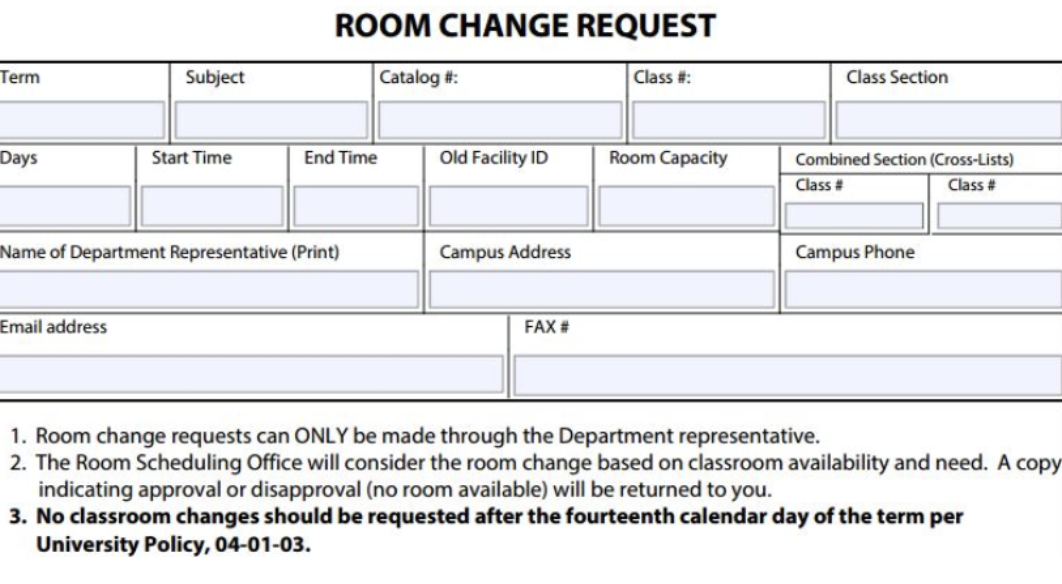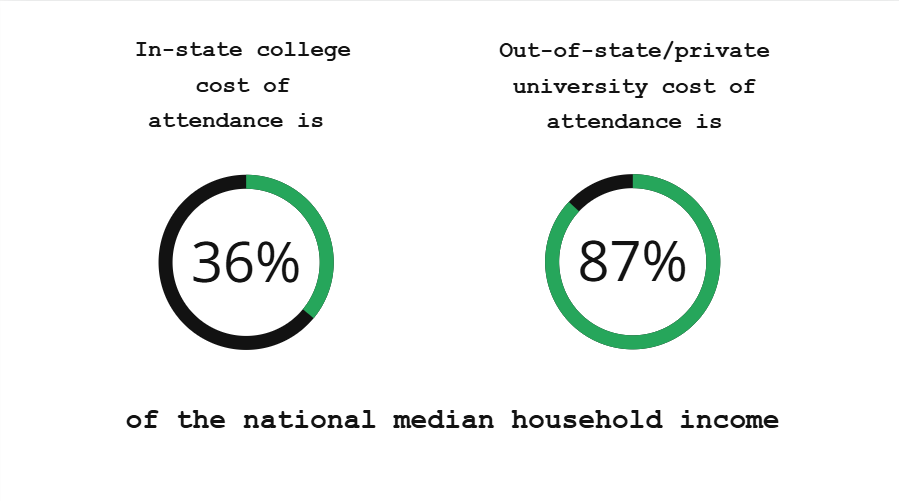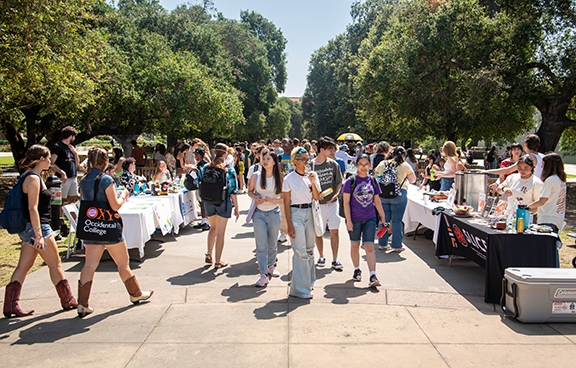
The sun is coming up over the horizon and you’re driving to your testing location. You rub your tired eyes and stifle a yawn as you near the parking lot of your destination. Your lack of sleep accounts for your sour attitude and your shaking leg that won’t calm down because of the texting anxiety you are experiencing. You don’t feel like you’re ready for the test, but the next one is in months. The testing officials check your bags, review your testing ticket and point you towards your testing room. When you get to the room, small rickety desks are separated into islands and before you know it, your testing proctor is finished explaining the directions of the exam. The countdown starts and you scramble to open up your SAT or ACT packet.
Junior year is known to be one of the most difficult for high schoolers. College preparation begins; standardized testing comes into play, consistent grades are vital, extracurricular activities pile up and students start to stress out. The application process typically begins when senior year starts, but everything leading up to those due dates and deadlines are present during junior year.
The ACT and SAT are exams made up of a writing, reading and math section, and in the ACT, science as well. Certain colleges and universities require high school students to submit their standardized testing scores. Some argue that these “aptitude” tests don’t measure one’s knowledge or ability to study‒they measure your test-taking abilities and how well you perform under pressure; the timing, the number of questions, the tricks to learn how to get around the test.
“Honestly, these tests are just a waste of time,” junior Katie Martin said.
Students who are taking AP classes, volunteering outside of school, playing sports for their club teams or participating in clubs also have less time. While test scores and grades are important for a good application, showing colleges that you are a contributor to the community and don’t spend all of your time studying for school is just as important. Colleges want students who stand out, and test scores aren’t the best source for that. Students are put under extreme pressure and stress to receive high scores, but balancing all the extras seems like an impossible task.
“I volunteer multiple times a week, and studying for the SAT doesn’t always make its way into my schedule,” junior Sydney Akpebu said.
There are effective ways to study for these standardized tests, like learning the timing and annotating the reading passages to highlight key points that might be important. Many students have no idea how they are supposed to prepare and take the ACT or SAT.
“I guess you just have to learn how to take the test,” junior Lexie Conaway said.
Not only can these tests be a stressful burden, but they’re also a financial burden for multiple students as well. There is only one SAT testing date offered at high schools per year. If students don’t get the score for the school they would like to apply to, they feel disappointed and upset. Students could’ve simply just had a rough morning, a bad night’s sleep, an angry wave of anxiety‒anything. Things that seem small could alter a students’ chances of doing well on these tests. And since students only get one free chance, you’ll have to accept the score or pay the expensive fee of another one. The February 12, ACT was $60. Again, students might not do as well as they had hoped, which could result in having to continue taking it and paying ridiculous fees or move on and accept the fact that they might not get into your dream school because of one minor detail‒their standardized test score.
“They also don’t take into consideration how some students are bad test takers and can’t focus under pressure which overall jeopardizes their score,” senior Belen Pacheco said.
These tests are not only costly, but they’re also not as re-takeable as students hope. In 2022, juniors will have the opportunity to take the ACT four times before their senior year (when the application process usually begins). February 12, April 2, June 11 and July 16 are the available dates in 2022. Juniors can take the SAT on March 12, May 7 and June 4. While these test dates might be more available or frequent than the AP exams for example, they still offer weeks of stress that students must handle multiple times a year.
“I hope colleges stop asking for the ACT and SAT because I don’t think they show a student’s actual intelligence,” freshman Anna Shetsiruli said.
Standardized tests create a heavy burden on students, and they make a tough year more difficult than it already is. Students are constantly juggling education-related tasks and at-home complications‒adding more to the workload will not manifest well for juniors who are already under a lot of pressure. As years have passed by, standardized tests have shifted from light. Nevertheless, other areas like extracurriculars, rigorous courses and grades have surfaced, giving students a vast area to shine through in the files of applications.














